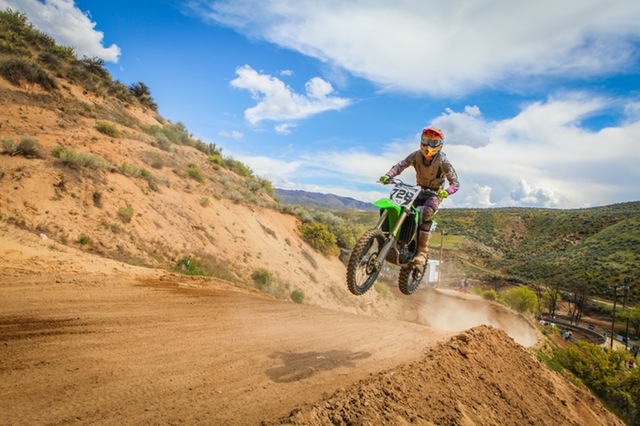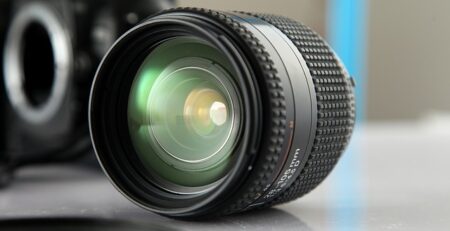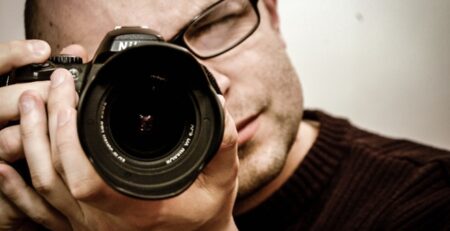The click of the camera shutter pairs well the ping off a bat, the clash of cleats and the swoosh of the net. Sports photography often produces incredible images, but the faster the action is, the tougher the shot is. So do rookie photographers have any chance at scoring a winning shot? With a few sports photography tricks, some patience and a willingness to get up off the bench, even rookie photographers can step up their game.
Anticipate the action.
Sports photography is much easier when you are familiar with the sport. Any action shots require some anticipation — where are the players moving to next? Anticipating what’s going to happen when helps you determine where to stand, where to point your camera and even what settings to use. Nothing in sports is completely predictable, but understanding the general flow of the game is helpful for increasing your odds of capturing a great shot.
Use shutter priority mode.
In sports photography, shutter speed is essential. A fast shutter speed, like 1/1000, will freeze the action, while a slow shutter speed will create blur. Most of the time, sports photography requires a fast shutter speed. Shutter priority mode will let rookies choose the shutter speed without a complete understanding of manual mode. In this mode, you only need to set the shutter speed — if you are shooting outdoors with plenty of light, use a quick 1/1000. Indoors where lighting is a bit limited, you can step that down a bit (using a high ISO is also helpful) but if you notice blur in your photos, you went too far.
Capture quickly with burst mode.
Burst mode allows you to take several photographs in quick succession. By turning this mode on, you can hold the shutter down and continue shooting until the action has stopped. Timing the exact moment a goalie gets his hands on the ball or the split second the ball hits the bat with a single shot is tough to do. By using burst mode — and anticipating the action to start shooting just before — you increase the odds of getting a shot at the peak of the action.
Leave room for the action.
Where is the player in your photograph headed? Hopefully not right off of the frame. When composing the shot, leave some empty space in the frame in the direction that the player is headed in. This helps complete the feeling of motion in the image.
Always consider the story.
Photographs tell a story — and so do sports photographs. What does your shot say about the game? Can viewers easily tell what’s going on by looking at your photograph? In sports with balls like football and baseball, that means including the ball in the shot to help tell that story and show what was happening at that moment. While there are some exceptions to every photography rule, including the ball is a good move for rookie photographers. In sports without a ball, look for ways to show what’s happening at that moment — instead of shooting just one runner, for example, photograph a runner passing another.
Sports photography takes practice — just like sports — but snapping great action photographs isn’t out of the question with a few basic concepts like anticipation and using burst mode.






